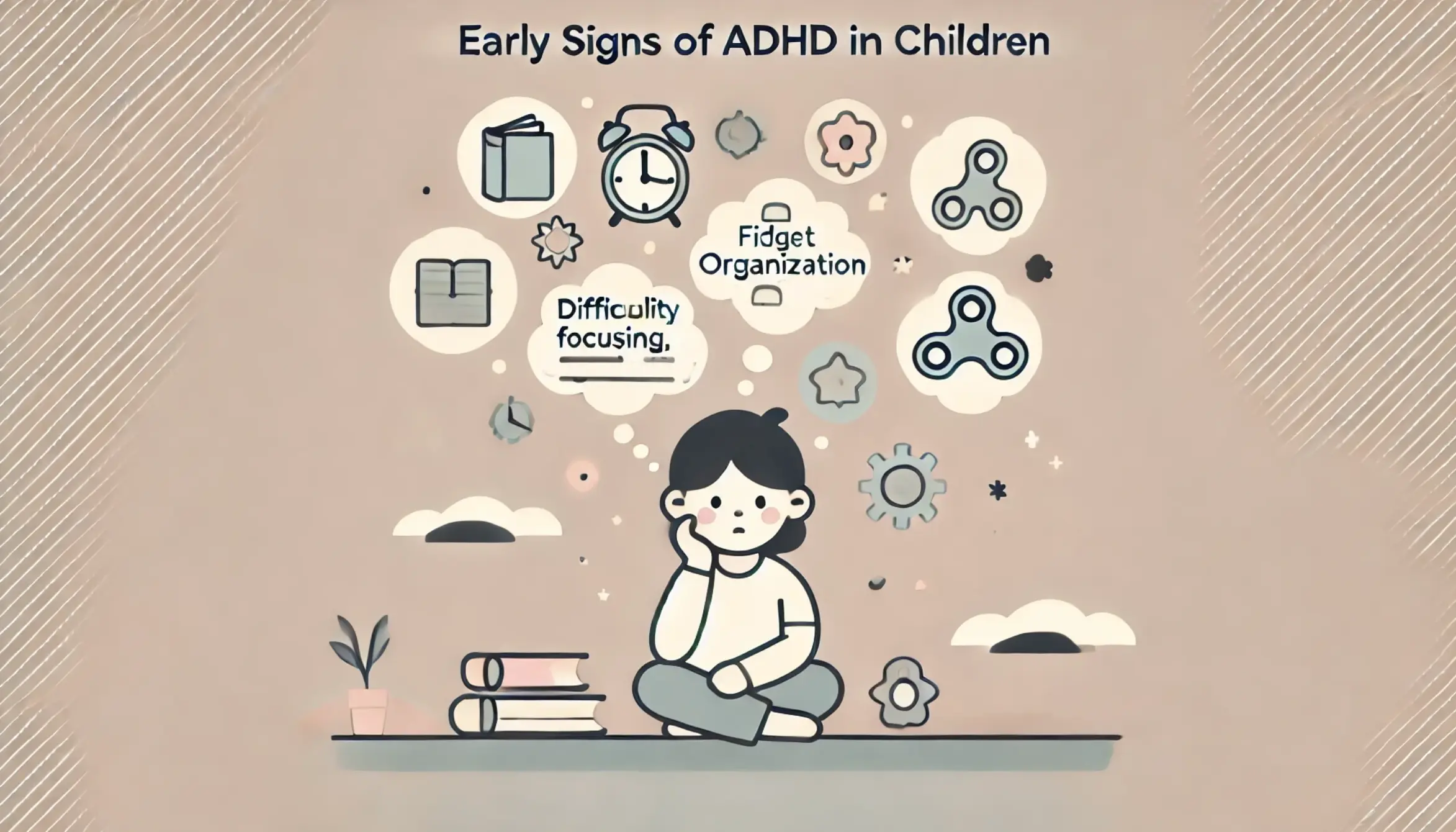Embarking on the fascinating journey of understanding neurodevelopmental disorders often brings individuals and families face-to-face with terms like Pervasive Developmental Disorder (PDD) and Autism Spectrum Disorder (ASD). However, it’s crucial to stay up-to-date on developing diagnostics.
As of the latest updates, the diagnosis of Pervasive Developmental Disorder Not Otherwise Specified is no longer provided. Instead, individuals previously diagnosed with PDD, NOS are now considered to fall within the wide variability of Autism Spectrum Disorder.
The intricacies of these conditions can be mysterious, leaving many wondering if there’s a significant difference between them or if they are simply two sides of the same coin.
While both PDD and Autism share overlapping features, such as difficulties in social interaction and communication, there are subtle differences that distinguish one from the other.
Join us on this informative journey as we learn the basics of PDD disorder and autism, aiming to foster awareness and empower those touched by these conditions.
What Is Pervasive Developmental Disorder?
Pervasive development disorder was described as a group of neurodevelopmental disorders characterized by difficulty with social interaction, communication, and behavior. PDD encompasses a range of conditions, with each presenting unique features and severity levels.
The most well-known and often-used term within the PDD category was Autism Spectrum Disorder. However, conditions like Asperger’s syndrome and childhood disintegrative disorder also fall under this umbrella.
Individuals with PDD typically exhibit difficulties in understanding and participating in social situations, struggling with nonverbal communication cues, and maintaining reciprocal relationships.
The spectrum nature of PDD means that affected individuals may showcase a wide array of abilities and challenges, creating a diverse range of experiences within this overarching category.
The onset of PDD typically manifests in early childhood, impacting a person’s daily functioning and, in some cases, requiring specialized support. While there is no known singular cause for PDD, professionals speculate that a combination of genetic, neurological, and environmental factors contribute to its development.
What Are the Five Pervasive Developmental Disorders?
The umbrella term PDD encompasses a spectrum of neurodevelopmental conditions, many of which are no longer diagnosed but may be considered colloquially in our culture currently and each have distinct characteristics. The five identified disorders under this category are crucial for understanding the diverse nature of challenges individuals may face:
- Autistic Disorder (now Autism Spectrum Disorder): Also known as classic autism, this is perhaps the most well-known PDD. The characteristics include difficulties in social interaction, communication, and repetitive behaviors. The severity of symptoms of autism PDD can vary widely among individuals with autistic disorder.
- Rett’s Disorder: Rett’s disorder primarily affects girls and is a rare genetic disorder. It involves a period of typical development followed by a loss of acquired skills, such as motor and communication abilities. Individuals with Rett’s disorder often exhibit hand-wringing or repetitive movements.

- Childhood Disintegrative Disorder (CDD): CDD is notable by significant loss of previously acquired skills, including language, social, and motor skills. This regression typically follows a period of normal development, leading to substantial impairment in multiple areas.
- Asperger’s Syndrome (now Autism Spectrum Disorder): While now subsumed under the broader category of autism spectrum disorder in more recent diagnostic manuals, Asperger’s syndrome was previously considered a separate disorder. Individuals with Asperger’s often display challenges in social interaction and repetitive behaviors, but they typically have preserved language and cognitive skills.
- Pervasive Developmental Disorder-Not Otherwise Specified (PDD-NOS)-(now Autism Spectrum Disorder): PDD-NOS served as a diagnostic category for individuals who displayed significant impairments but did not fit the specific criteria for other PDDs. It was a broad and flexible category that acknowledged the diversity of presentations within the spectrum.
What Are the Signs and Symptoms of Autism?
The characteristics of Autism spectrum disorder include a spectrum of signs and symptoms that manifest in early childhood and affect various aspects of an individual’s development. Key indicators include social interaction challenges, difficulties understanding nonverbal cues, establishing eye contact, and forming peer relationships.
Communication difficulties are pervasive, from delayed language development to repetitive speech patterns or a complete lack of verbal communication.
Repetitive behaviors, such as hand-flapping, rocking, or fixation on specific interests, are common traits. Individuals with autism may exhibit an insistence on sameness, displaying distress when disrupting routines. Sensory sensitivities are prevalent, leading to heightened responses or aversions to certain stimuli like lights, sounds, or textures.
Behavioral patterns may include:
- Difficulty understanding and expressing emotions.
- Troubles adjusting to environmental changes.
- Strong-formed attachments to specific objects.
Social isolation and a preference for solitary activities is typical in individuals with ASD. It’s crucial to recognize the heterogeneity of these signs and symptoms, as the severity and combination vary widely among those on the spectrum.
PDD vs ASD: What Is the Difference?

Pervasive developmental disorder and Autism spectrum disorder are terms which could be used interchangeably, but it’s essential to understand their distinctions. PDD was a broader category encompassing several neurodevelopmental disorders, while ASD is a more specific term that emerged to capture the diverse range of conditions within the autism spectrum.
PDD has historically included subcategories of diagnoses that are now considered to fall under the broader category of Autism Spectrum Disorder but also includes Rett’s disorder and childhood disintegrative disorder. ASD, as defined in the DSM-5, consolidated these subcategories into a single spectrum, recognizing the commonalities among various conditions.
Autism spectrum disorder emphasizes the spectrum’s continuum, acknowledging the wide range of abilities and challenges individuals may experience. It encompasses social communication deficits, repetitive behaviors, and restricted interests. The shift from PDD to ASD reflects a more inclusive approach, recognizing the fluidity and diversity within the spectrum.
In summary, it is important to note that the Pervasive Developmental Disorder diagnoses are no longer provided; instead, individuals with those diagnoses are now considered to all fall under the wide variability of Autism Spectrum Disorder.
How is Pervasive Developmental Disorder Diagnosed?
Diagnosing pervasive developmental disorder involves a comprehensive and multi-faceted assessment by healthcare professionals, typically involving developmental pediatricians, psychologists, and child psychiatrists. The process evaluates a child’s behavior, social interactions, communication skills, and developmental milestones.
- Clinical Observation: Healthcare professionals observe the child’s behavior and interactions in various settings to identify potential signs and symptoms indicative of PDD.
- Parental and Caregiver Input: Gathering detailed information from parents or caregivers is crucial. They provide insights into the child’s developmental history, social behaviors, and any concerns they may have noticed.
- Developmental Assessments: Formal assessments, such as the Autism Diagnostic Observation Schedule (ADOS) and the Autism Diagnostic Interview-Revised (ADI-R), may be employed to evaluate social and communication skills and identify repetitive behaviors.
- Medical Evaluation: Conducting a thorough medical examination is crucial to rule out other potential causes of developmental concerns. Utilizing genetic testing may also help identify any underlying genetic factors.
- Team Collaboration: Given the complexity of PDD, a multidisciplinary team often collaborates to ensure a comprehensive evaluation. This team may include educators, speech and language therapists, and occupational therapists.
How is Autism Diagnosed?
Diagnosing autism spectrum disorder involves a thorough and collaborative assessment process conducted by a team of healthcare professionals, often including pediatricians, psychologists, and developmental specialists.
Several key steps are involved in the diagnosis of autism:
- Developmental Screening: Pediatricians typically conduct routine developmental screenings during well-child visits. If any concerns arise, further evaluations may apply.
- Comprehensive Developmental Assessment: A detailed developmental history is gathered from parents or caregivers, focusing on social, communicative, and behavioral milestones. Direct observation of the child’s behavior in various settings is crucial for a comprehensive evaluation.
- Autism-specific Assessment Tools: Standardized tools, such as the Autism Diagnostic Observation Schedule (ADOS) and the Autism Diagnostic Interview-Revised (ADI-R), are often used to assess social interaction, communication skills, and repetitive behaviors.
- Medical Evaluation: A thorough medical examination helps rule out any underlying medical conditions or genetic factors contributing to developmental concerns.
- Multidisciplinary Collaboration: Collaboration among professionals, including educators, speech therapists, and occupational therapists, ensures a holistic assessment approach, considering various facets of the child’s development.
Contact APS Oakland Autism Evaluations
Diagnosing autism involves a meticulous process, considering developmental history, behavioral observations, and specialized assessments. Early identification is crucial for timely intervention and support. If you have concerns about your child’s development, contact us at APS Oakland for comprehensive autism evaluations. Our team of experienced professionals can provide valuable insights and guide you through the journey of understanding and addressing the unique needs of individuals on the autism spectrum.





